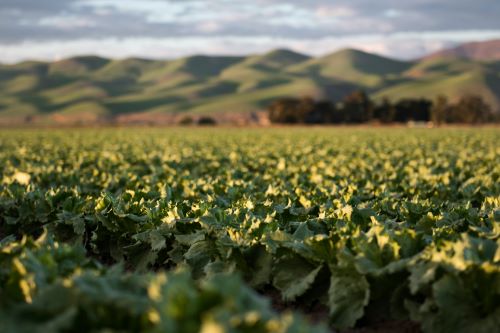
What Are the Three Types of Fungicides?
Understanding these three types of fungicides is vital for effective disease control, whether in commercial farming, gardening, or organic practices.

© 2024 Crivva - Business Promotion. All rights reserved.